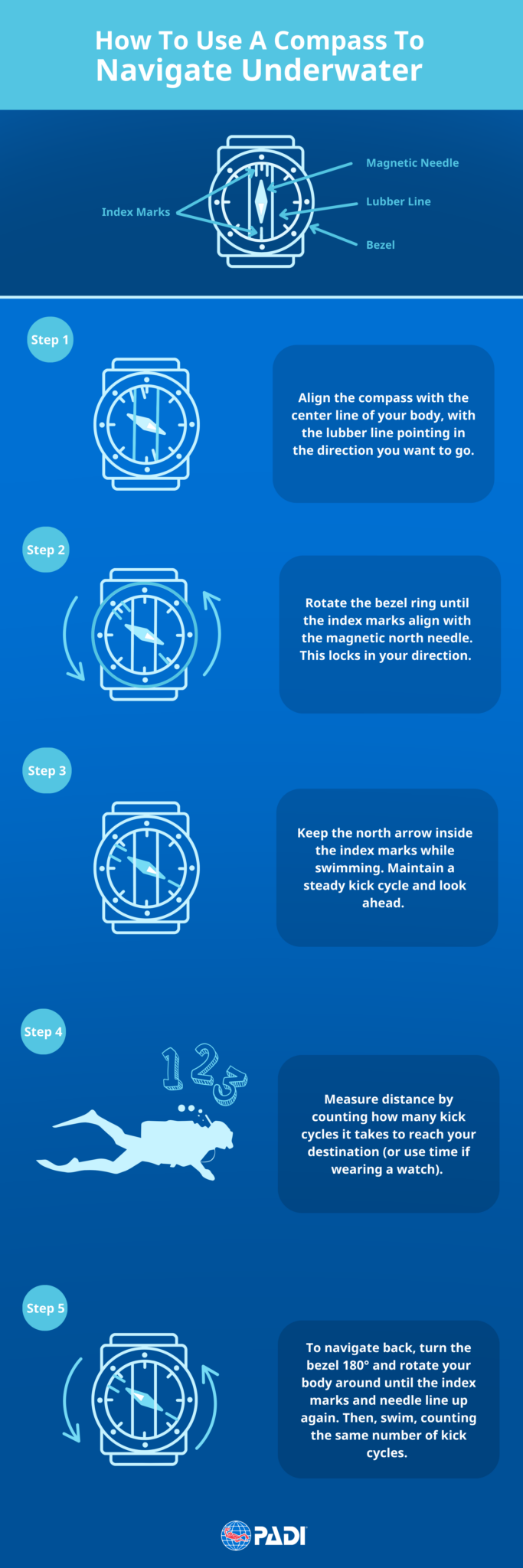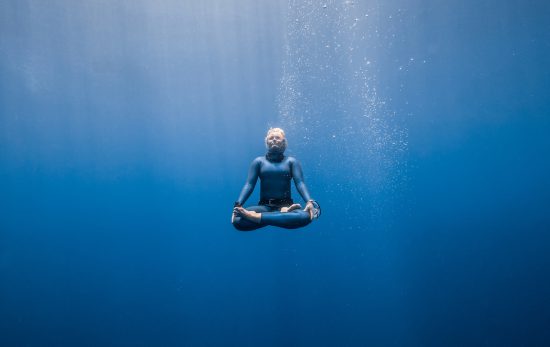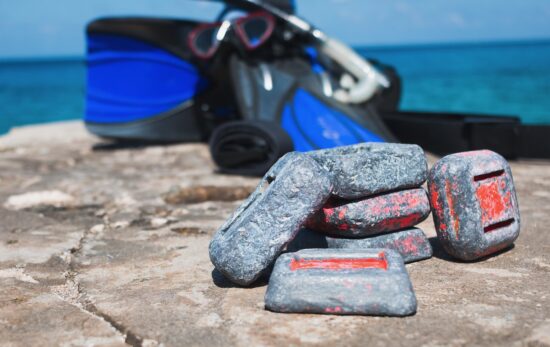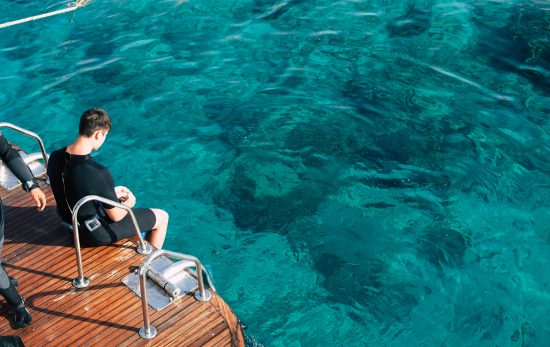Divers who haven’t gotten their gear wet in ages don’t always understand the importance of taking a refresher course. Although the PADI ReActivate program touches upon navigation basics, a trend among divers returning to the water is actually to retake the Underwater Navigator course because it includes some of the most important skills they have ever learned. Here are some examples:
1. Don’t rely solely on a compass
A compass is a great tool, but it relies on the user to set it properly, making it prone to error.
It’s not unlike blindly following a smartphone; although the phone’s GPS doesn’t rely on user input, it’s still able to take us off course if we don’t visually compare our surroundings to confirm what the device tells us.
In the same regard, we must stay alert to our underwater environments.
Make use of all tools that are available to you, especially when diving in low visibility. Using a line is one of the best ways to ensure you return to your starting point but can be a hindrance when diving in drift. Consider the conditions on the day and what tools will serve you best. Read more in this edition of the PADI Blog.
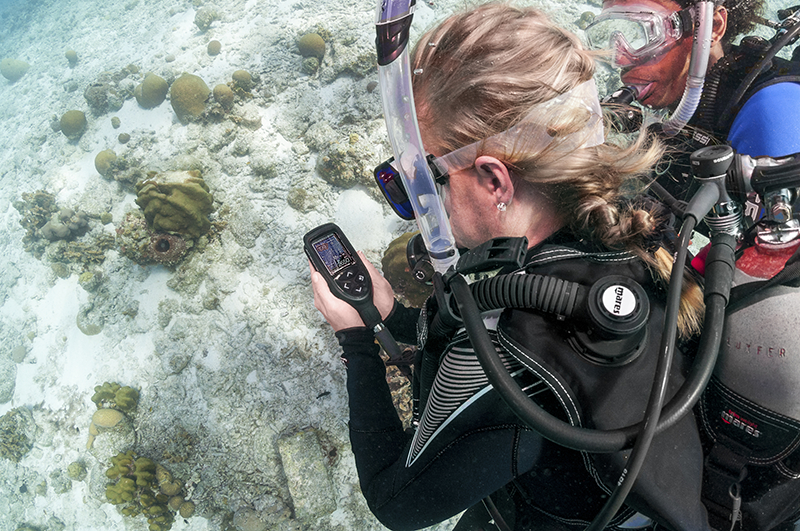
2. Remember: Digital compasses need to be recalibrated now and again
Just as our computers rely on us to install regular updates, so, too, does the digital compass need recalibration. It’s needed, obviously, when the compass feature is frozen. The less obvious tell requires checking the compass settings.
3. When choosing natural navigation markers, it’s OK to be picky
Don’t pick one big feature, like a huge brain coral or a sand chute. Use that large feature as a starting point, then find something a little more inconspicuous—such as the huge brain coral with two-tube sponges on one side and a barrel sponge on the other.
Bart Linders, an instructor at Buddy Dive Resort in Bonaire says, “Take your time choosing a marker. You may think you’ve found a really unique feature, but then you start seeing that feature everywhere.”
Don’t focus solely on the feature that you finally decide on, make a mental note of what’s around it so you can relocate it easily if you do become distracted for a moment.
Natural features are not only useful as compass markings. If you are diving at a sandy dive site, lines in the sand will usually run parallel to the shore. If you know the direction of the current, look at the fish – they will usually face head-on into the current to assist in catching plankton to feed on.
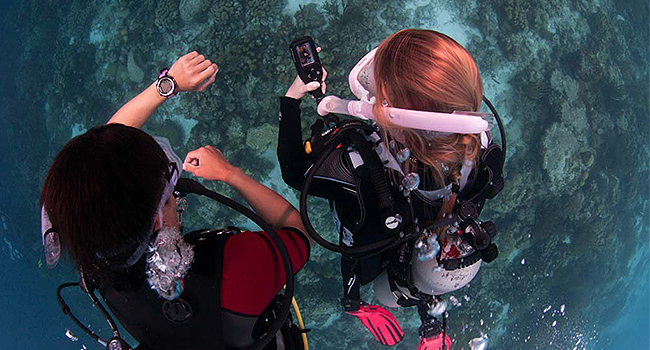
4. Set your compass before your descent
“You don’t want to reach the bottom and be turned around,” says Jo Mikutowicz, owner of Divetech dive center on Grand Cayman. “To avoid this, set the compass heading to point toward shore before starting the dive.” Mikutowicz adds, “And when you start to descend, descend in the direction you intend to travel.”
Spinning or turning around on descent is the first and worst mistake you can make. You will have lost all sense of direction before you even begin your dive.
5. Consider tracking air consumption, not kick cycles
“Air consumption is the most important thing to watch,” says Mikutowicz.
Tracking kick cycles becomes much more difficult when a current is added to the mix. If a portion of the dive occurred against a current and lasted 100 kick cycles, it could take 300 kick cycles to cover that same distance with the current. So instead, try tracking air.
On Grand Cayman, the typical dive profile starts at deeper depths along a wall and kicks into the current until half the tank is depleted. “Then, when you turn around, you’re coming up shallower, so air should last roughly twice as long,” says Mikutowicz.
Granted, it’s not an exact science, making practice all the more vital—but with classroom time, the time it takes to acquire the skills is drastically reduced.
Ready to learn more underwater navigation lessons? Enroll in an Underwater Navigator course at your PADI Dive Center or Resort.
Are you planning your next dive trip overseas? Check out some of the best diving destinations in the world on PADI Travel.
